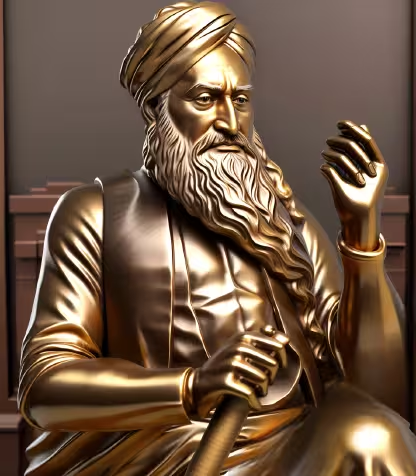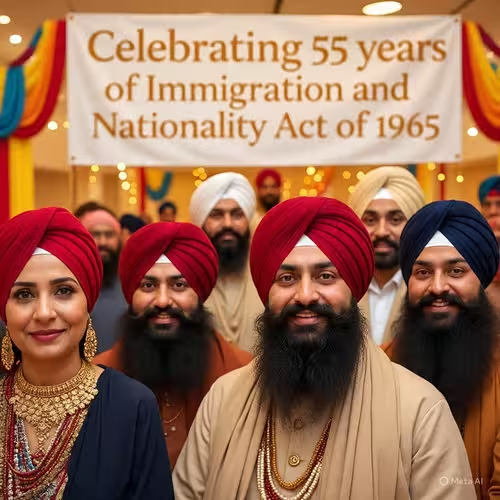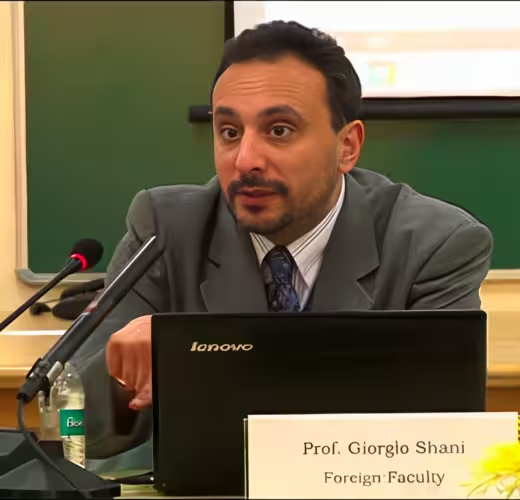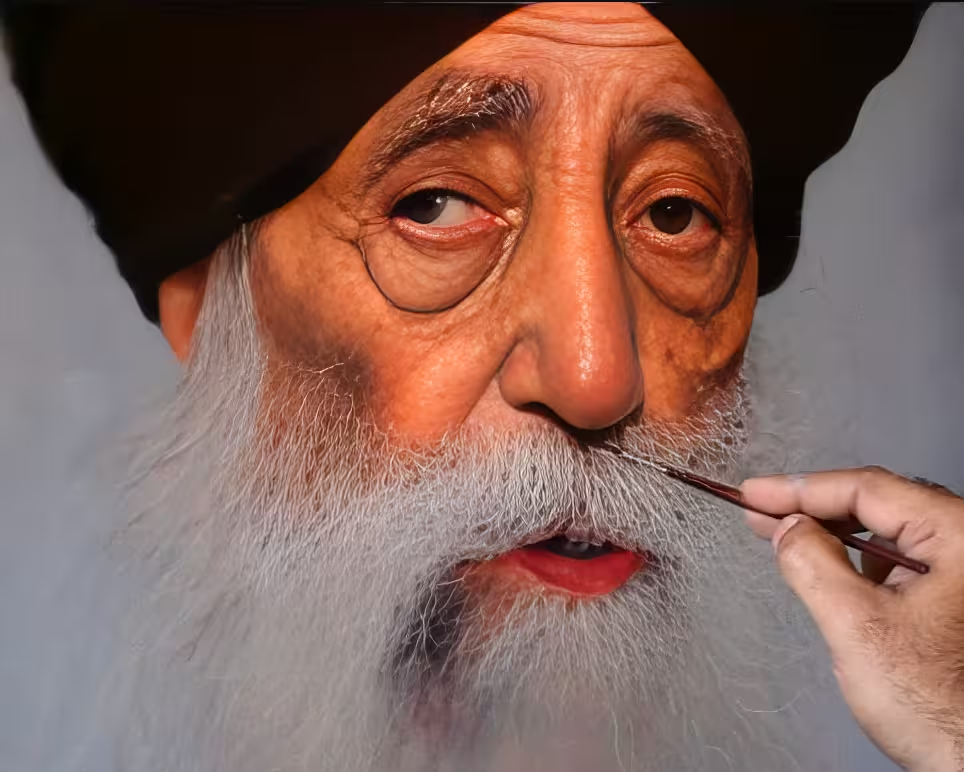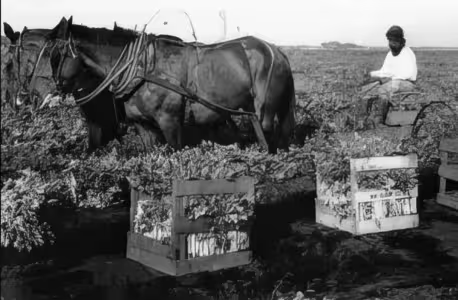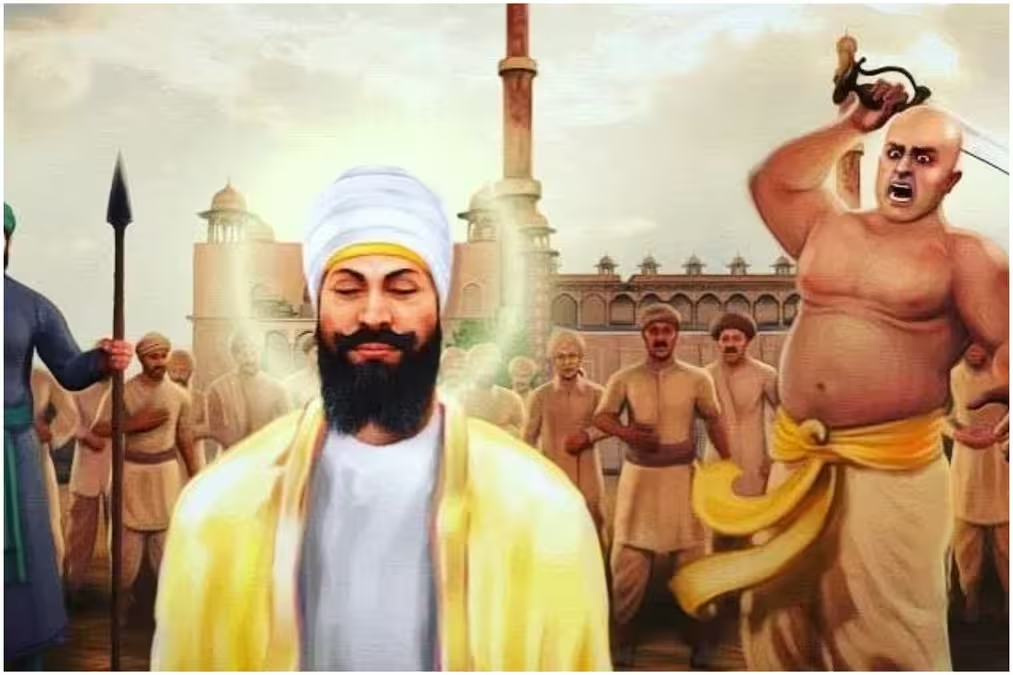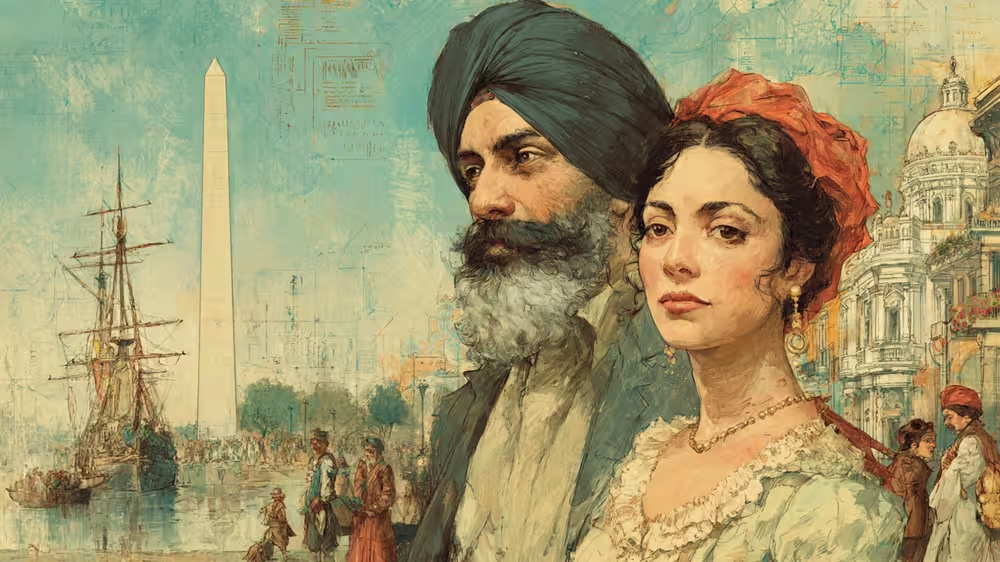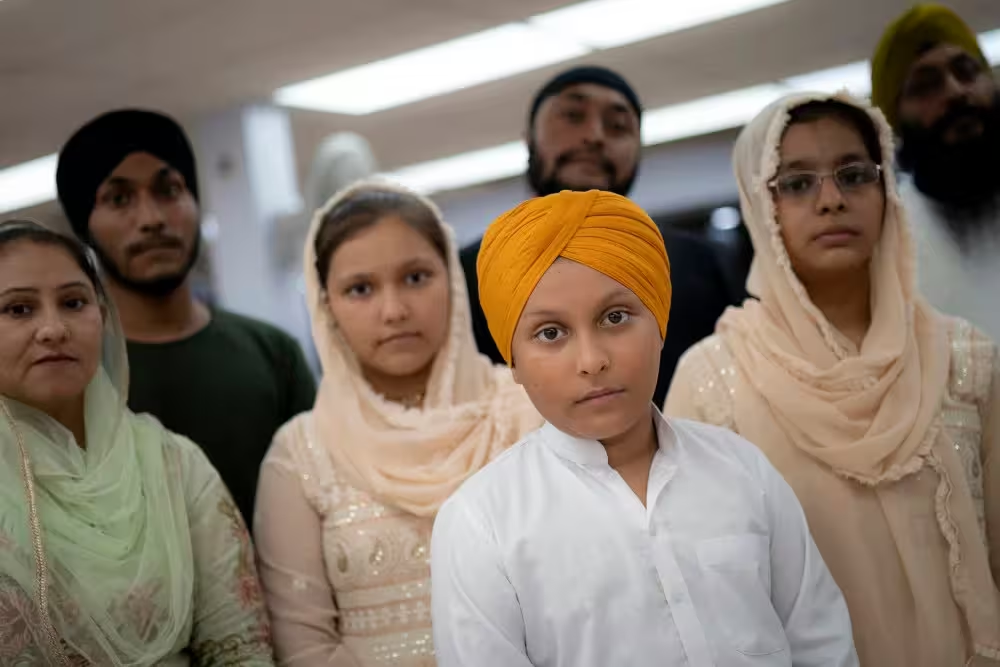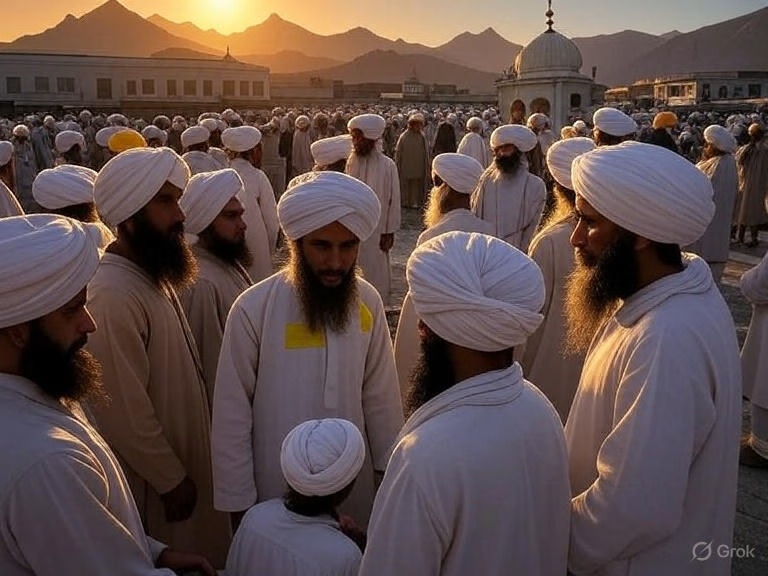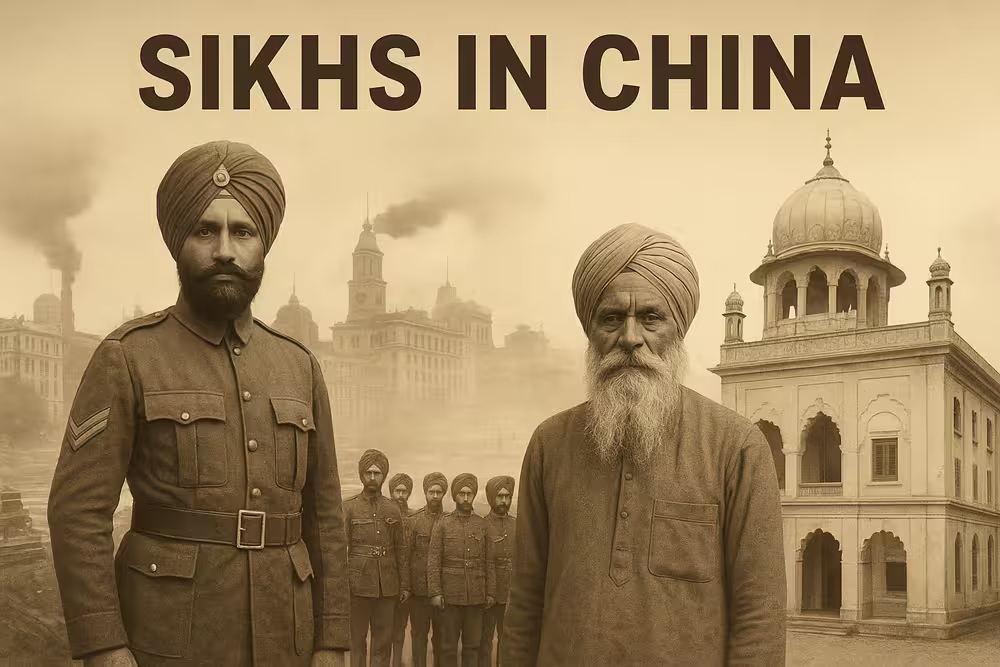Sikhs in USA: Journey of Struggle, Spirit, and Success
The United States of America is a melting pot of cultures, ethnicities, and identities. It’s a land of unparalleled diversity, where people from around the world come to pursue their dreams and build new lives. The country’s vibrant cities, stunning natural landscapes, and rich history make it a magnet for immigrants, entrepreneurs, and innovators. From the bright lights of New York City to the sun-kissed beaches of California, the USA offers endless opportunities for personal and professional growth, making it a beacon of hope and freedom for people worldwide. Diversity and opportunity define America’s spirit.
The Sikh population in the United States is estimated to be between 700,000 and 800,000, with the largest concentrations in California, New York, and Washington.
History and Timeline of Sikh Migration to USA
The migration of Sikhs to the United States began in the late 19th century, driven by economic opportunities and British colonial policies. The earliest significant wave of Sikh immigrants arrived on the Pacific Coast, particularly in California, around the 1890s. These pioneers, primarily from Punjab, India, were drawn by labor opportunities in agriculture and infrastructure development. Their migration was facilitated by their exposure to North America during Queen Victoria’s Diamond Jubilee in 1897, when Sikh soldiers traveled through Canada and learned of work prospects in the U.S. and Canada.
1890s–1900s:
Initial Sikh migration to the U.S. West Coast, particularly California, where they worked as laborers in lumber mills, railroads, and agriculture. Many settled in the San Joaquin and Imperial Valleys, with some becoming successful farmers. The 1907 Bellingham riots in Washington marked early anti-Sikh violence, driving some Sikhs south to California.
Making Ethnic Choices
1912
Establishment of the first Sikh Gurdwara in Stockton, California, by Wasakha Singh Dadehar and Jawala Singh, serving as a spiritual and social hub for early Sikh immigrants. This Gurdwara also housed the Ghadar Movement, a revolutionary organization aimed at overthrowing British colonial rule in India.
1923
The U.S. Supreme Court case United States v. Bhagat Singh Thind denied Sikhs citizenship, ruling that Indians were not “white” under naturalization laws, severely limiting their land ownership and economic prospects.
1947–1965
Post-Indian independence, Sikh migration slowed due to restrictive U.S. immigration laws. The partition of India in 1947 caused significant displacement in Punjab, influencing some Sikhs to seek opportunities abroad.
1965–1980s
The Immigration and Nationality Act of 1965 liberalized U.S. immigration policies, leading to a significant influx of Sikh professionals, students, and families. This period saw Sikhs settling in urban areas like New York and Chicago, diversifying their occupations.
1984–Present
The anti-Sikh violence in India following Operation Blue Star and the assassination of Indira Gandhi spurred another wave of migration. Many Sikhs sought asylum in the U.S., contributing to the growth of Sikh communities in California, New York, and New Jersey.
Cultural Contributions of Sikhs Immigrants in USA
Sikh immigrants have enriched American culture through their religious practices, community service, and professional achievements. Their emphasis on equality, seva (selfless service), and community has left a lasting impact.
Religious and Social Practices
Sikh Gurdwaras serve as centers for cultural preservation, hosting langar (free community meals) that embody Sikh values of equality and hospitality. These meals, open to all, have introduced non-Sikhs to Sikh principles and fostered interfaith dialogue.
Economic Contributions
Early Sikh immigrants played a pivotal role in California’s agricultural industry, cultivating crops like peaches and almonds. Their entrepreneurial spirit is evident in modern Sikh-owned businesses, from tech startups to trucking companies.
Cultural Arts
The global rise of Bhangra music, rooted in Punjabi Sikh traditions, has influenced American music and dance scenes. Sikh artists have also contributed to literature and film, sharing their stories of identity and resilience.
Challenges faced by Sikh Immigrants in USA
Sikh immigrants have faced significant challenges, including racial discrimination, legal barriers, and cultural misunderstandings, particularly due to their visible religious symbols like the turban and beard.
Faced xenophobia and legal exclusions like anti-miscegenation laws.
The Light we Give
Early 20th Century Discrimination
Sikh immigrants have faced significant challenges, including racial discrimination, legal barriers, and cultural misunderstandings, particularly due to their visible religious symbols like the turban and beard.
Post-9/11 Backlash
The September 11, 2001, attacks led to a surge in hate crimes against Sikhs, mistaken for Muslims due to their turbans and beards. The murder of Balbir Singh Sodhi on September 15, 2001, in Arizona was a tragic example
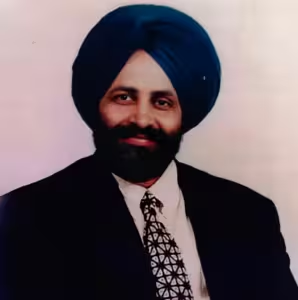
Ongoing Issues
Sikhs continue to face workplace discrimination, airport security profiling, and school bullying, often due to their distinct appearance. Advocacy groups like the Sikh Coalition have worked to address these issues through legal and educational efforts
Community Networks and Gurdwaras
Sikh community networks in the U.S. are anchored by Gurdwaras, which serve as spiritual, social, and political hubs. These institutions foster unity and provide support for immigrants.
Sikh Coalition (2001): Founded after 9/11 to protect civil liberties and promote awareness of Sikhism.
Stockton Gurdwara (1912)
The first Sikh Gurdwara in the U.S., established in Stockton, California, was a focal point for early Sikh immigrants. It supported the Ghadar Movement and provided a space for community organizing.
Modern Gurdwaras:
Today, over 200 Gurdwaras exist across the U.S., from New York’s Richmond Hill (known as “Little Punjab”) to California’s San Jose. They offer langar, religious education, and community services, strengthening Sikh identity.
Groups like the Sikh Coalition and SALDEF (Sikh American Legal Defense and Education Fund) advocate for Sikh rights, educate the public, and support them.
Bhagat Singh Thind, a Sikh immigrant from India and World War I veteran, became a key figure in a 1923 Supreme Court case. The case explored the complexities of racial classification and access to U.S. citizenship.
Background
Thind arrived in the U.S. in 1913. He studied at the University of California, Berkeley, and worked in a lumber mill. He later served in the U.S. Army during World War I and was honorably discharged. BC LAW IMPACT
Seeking citizenship
Thind applied for citizenship under the Naturalization Act of 1906. This act limited eligibility to “free white persons” and “aliens of African nativity and persons of African descent”. A district court initially granted him citizenship, but the Bureau of Naturalization appealed.
PBS.ORG
Thind’s case reached the Supreme Court. His legal team argued that Indians shared ancestry with Europeans, qualifying him as a “white person”.
However, the Supreme Court rejected this argument. Justice Sutherland stated the term “white person” should be interpreted according to the “common man’s” understanding, rather than scientific classifications. The Court emphasized “racial differences” existed between Indians and whites, making assimilation unlikely. The Court ruled against Thind, classifying Indians as non-white and ineligible for naturalization.
NEWS.VA.GOV
Impact and legacy
The Thind decision had several effects:
–Citizenship Denial: It led to citizenship revocation for many Indian Americans.
–Reinforced Racial Barriers: The ruling strengthened existing racial barriers to citizenship. This contributed to restrictive immigration policies targeting Asian populations.
–Land Ownership Restrictions: In some states, it reinforced laws preventing individuals of Indian ancestry from owning land.
Eventual reversal
Thind eventually secured citizenship in 1936. He used a provision that made World War I veterans eligible for naturalization, regardless of race. The Luce-Celler Act of 1946 reversed the broader impact of the Thind decision. It allowed Indians to become naturalized citizens and established an immigration quota for them. The Immigration Act of 1965 further opened doors for Asian immigration to the United States.
The case of Bhagat Singh Thind highlights historical complexities surrounding race, immigration, and citizenship in the U.S. It also highlights ongoing struggles for equality and inclusion within the American identity. 2023 marks 100 years since the historic United States v. Bhagat Singh Thind Supreme Court ruling, which was a pivotal moment in the conversation surrounding race and immigration in the United States in the 20th century
-
Why a New York Street Honors a Sikh Guru-Guru Teg Bahadur Ji Marg Way A Historic Honor in New York Welcome to Global Sikhi Wiki, your comprehensive resource for exploring
-
The Heartbreaking Journey of Harjit Kaur In the dusty villages of Punjab, where the mustard fields sway like whispers of forgotten dreams under the relentless Indian sun, Harjit Kaur was
-
Dr. Gulzar Singh Johl (born June 28, 1923) was the first medical doctor of Sikh, Punjabi and South Asian heritage to practice medicine in the Yuba City area,California, USA. Dr.
-
Sikhs in USA: Journey of Struggle, Spirit, and Success The United States of America is a melting pot of cultures, ethnicities, and identities. It's a land of unparalleled diversity, where
